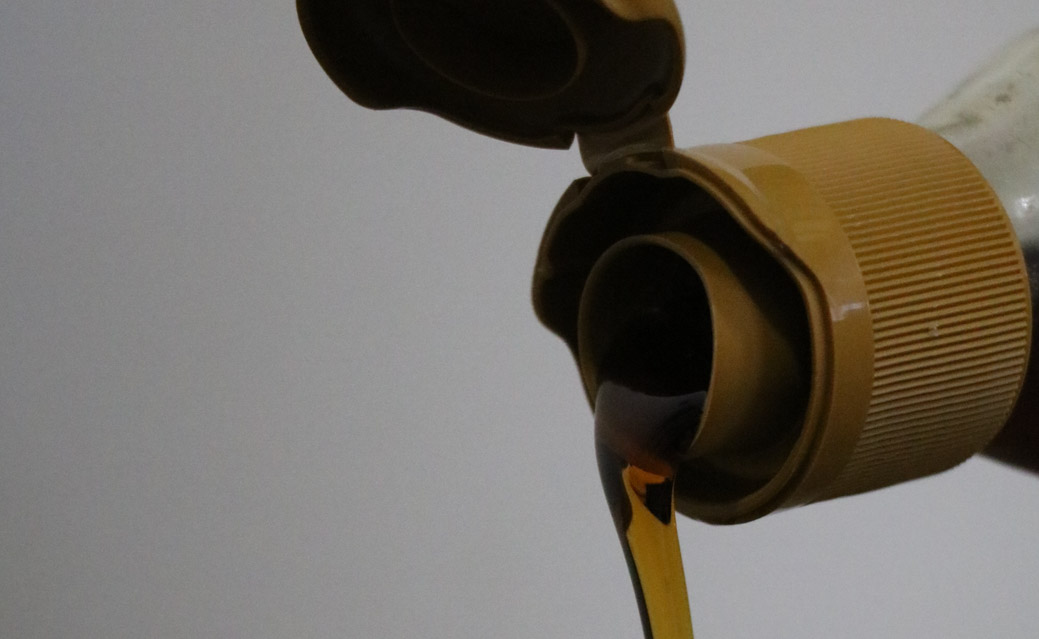Recognizing, celebrating, and giving credit to Indigenous inventions
Maple syrup, lacrosse, petroleum jelly and the kayak are only a few examples of countless Indigenous creations that have become central to Canadian identity, yet have gone unrecognized.
Thanksgiving is an annual tradition celebrated by millions of Canadians, commemorating the harvests and blessings given to them over the past year. Canadian culture has colonized Thanksgiving, which was originally a celebration among Indigenous communities. September 30, 2021, the first National Day of the Truth and Reconciliation holiday contradicted the Thanksgiving holiday on October 11. It is vital that Canadians not only recognize the tragedies committed against the Indigenous Peoples, but also acknowledge, appreciate, and give credit to their creations which have permeated into the Canadian lifestyle.
Recently, hundreds of unmarked graves were discovered near residential schools, exposing general Canadian ignorance and a lack of knowledge of the true levels of atrocities committed against Indigenous Peoples. This discovery came after many former students spoke up about several cases of physical, sexual, and mental abuse. Residential schools’ policies removed an estimated 150,000 Indigenous children from their families and communities and practiced cultural genocide by stripping away their culture for assimilation into Euro-Canadian society. The instructors and staff at residential schools enforced Christian ideologies among the children and forbade them from adopting their Indigenous identities, resulting in a cultural collapse.
For cultural continuity of the Indigenous languages, practices, values, foods, etc., it is vital for future generations to embrace the richness of the Indigenous culture and recognize the pivotal contributions it has made to our livelihoods. There are several notable inventions in various fields like sports, food, and health that Indigenous communities have created that are unnoticed by Canada and the world.
“As Canadian as maple syrup,” the old expression says since this sweet syrup is a part of the Canadian national identity. Maple Syrup has been the fabric of Canadian culture, however, many of us probably never realized that maple syrup is actually an Indigenous invention. Indigenous Peoples taught European settlers how to harvest and boil the sap to create maple syrup. This invention is only one of many that have become central to Canadian identity and culture, yet they have gone unacknowledged.
An important Canadian sport, Lacrosse, was also created by the Indigenous Americans, and was originally known as “stickball.” This sport was initially a religious practice and over the years, developed to become a professional sport in Western society.
The use of petroleum jelly, popularly known as Vaseline, to treat minor skin scrapes and moisturize faces and hands originated from the ideas of First Nations. Additionally, the invention of Spruce gum, a popular herbal treatment for healing deep cuts, sores, and coughs, also stems from Indigenous communities and traditions.
Even certain forms of transportation were invented by the Indigenous people, like the Kayak, which is pronounced “Qayark’.” This was an invention made by the Inuit Peoples and was initially created by using animal bones, skin, and wood.
Amplifying the voices of Indigenous communities through social media is on the rise. Shina Novalinga, a 22-year-old TikToker from Montreal, Canada uses social media to promote her Inuk culture. Practices such as throat singing and traditional dances are unique aspects of the First Nations lifestyles that, although not normally found in mainstream media, are proudly shared by Novalinga and her mother. Novalinga dresses up in her cultural clothing to bring cultural pride to TikTok.
People like Novalinga use their social media platform as a way to embrace their culture—a step forward to educating millions of people globally about the Indigenous culture. It creates a much-needed space for people all over the world to recognize their inventions, traditions, and culture. For a community that has suffered countless injustices, recognition for its contributions to Canadian society is a way to honour Indigenous communities’ culture, and start to build a better future.
Associate Opinion Editor (Volume 48) — Haya Abu Ghosh is a fourth-year student double majoring in English and Political Science. When I am not doing any school work, I love going out with friends to coffee shops and dining in restaurants to socialize. My passions include but are not limited to reading, writing, sketching, binge-watching Netflix TV shows, taking pictures of nature and talking about politics (do not get me started talking about the Palestinian-Israeli conflict, Indigenous injustices, Uyghur Muslims in China and many more topics).


